Hashomer (literally means “The Watchman”) was a Jewish defense organization in Palestine founded in April 1909. Moreover, it was an outgrowth of the Bar-Giora group and was disbanded after the founding of the Haganah in 1920. Furthermore, Hashomer was responsible for guarding Jewish settlements in the Yishuv, freeing Jewish communities from dependence upon foreign consulates and Arab watchmen for their security. It was headed by a committee of three—Israel Shochat, Israel Giladi, and Mendel Portugali.
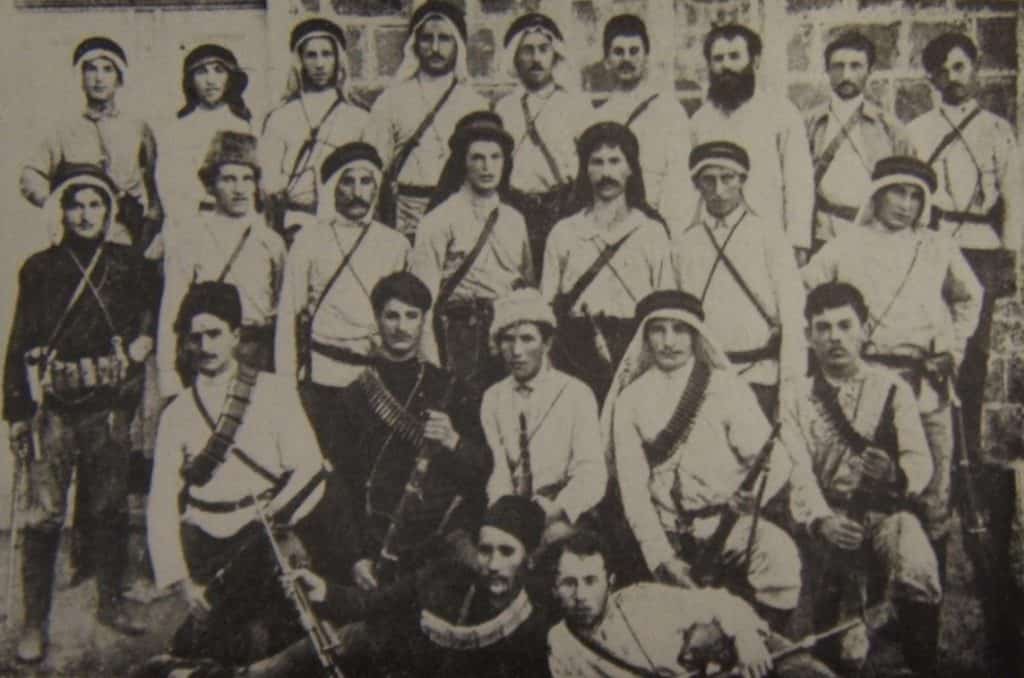
Hashomer Organization: Historical Background
During the first Jewish Immigration, 1881–1904, about 13 colonies were established throughout the Land of Israel. Although these colonies managed to encourage the Jewish settlement in the Land of Israel, they encountered severe economic difficulties; and, shortly after their establishment, were forced to turn to and rely on donations, especially the money of Baron Edmund James de Rothschild, until many colonies were passed to his officials to take over.
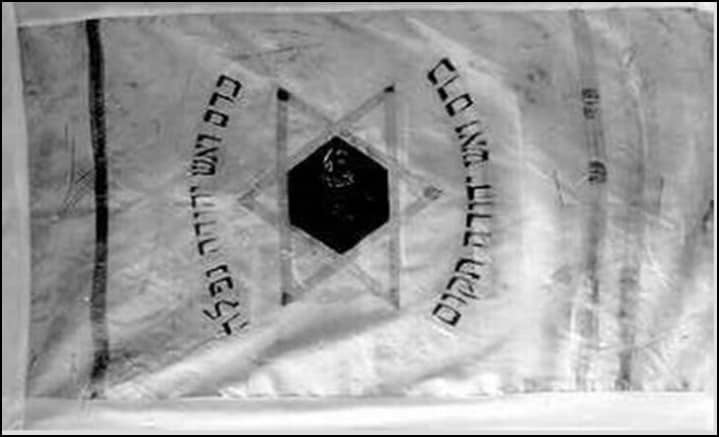
Now before the foundation of the Hashomer, some of the colonies had reasonable neighborly relations with their Arab neighbors; many suffered harassment, attacks, and theft. The leading cause of the harassment was land disputes. Much of the land of the colonies was purchased from wealthy urban families living mainly in Syria and Lebanon, whose heads were called “Effendi.” Before the sale of the land, these were leased to residents (land tenures). The local Arabs, who initially saw the landowners (Effendi) as the ones who plundered their lands, did not approve of the arrival of the Jewish settlers for fear that they would deprive them of their land.
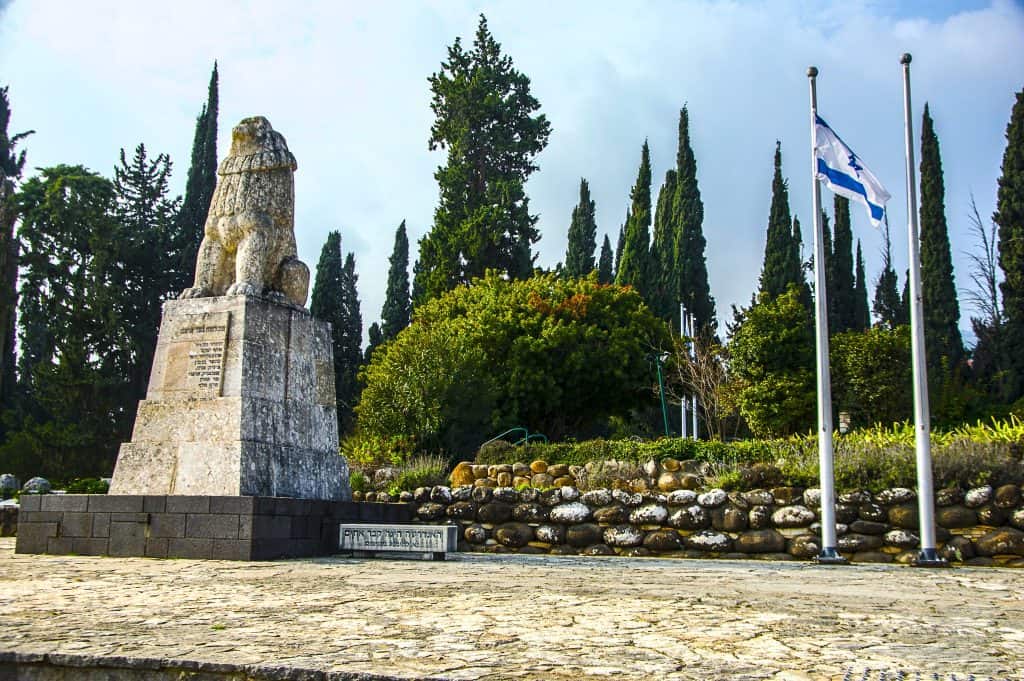
Credit: Roni Kanigsberg, Pikiwiki Israel, CC BY 2.5, via Wikimedia Commons
Additional difficulties before the foundation of the Hashomer arose with the Bedouin tribes. They used to ignore property rights on land and water resources. In the Bedouin tradition, various laws related to the property on land, crops, and water depended on the seasons; Therefore, disputes arose with them over the use of the colonies’ lands for grazing and wells to irrigate the flocks. In addition, since the central Ottoman government generally opposed the settlement of Jews in the Land of Israel, many saw the Jewish settlers whose blood was permitted and their property out for grabs.
Hashomer Organization: The Thefts Won’t stop
The harassment and plague of thefts led the settlers to organize for self-defense and guarding, which was initially based on the people of the colonies. Over time, the colonies began to employ residents – Arabs and Circassians. Following the transition of the colonies to the Baron and the management of most of the colonies by his officials, the trend of employing Arab guards increased. In an attempt to prevent conflicts, the Baron’s officials preferred to hire local guards to ensure the security of the colonies. In addition, the Baron’s officials used to pay ‘Bakshish’ (bribes) to Ottoman rulers to ensure the safety of the colonies and a sympathetic attitude towards them.
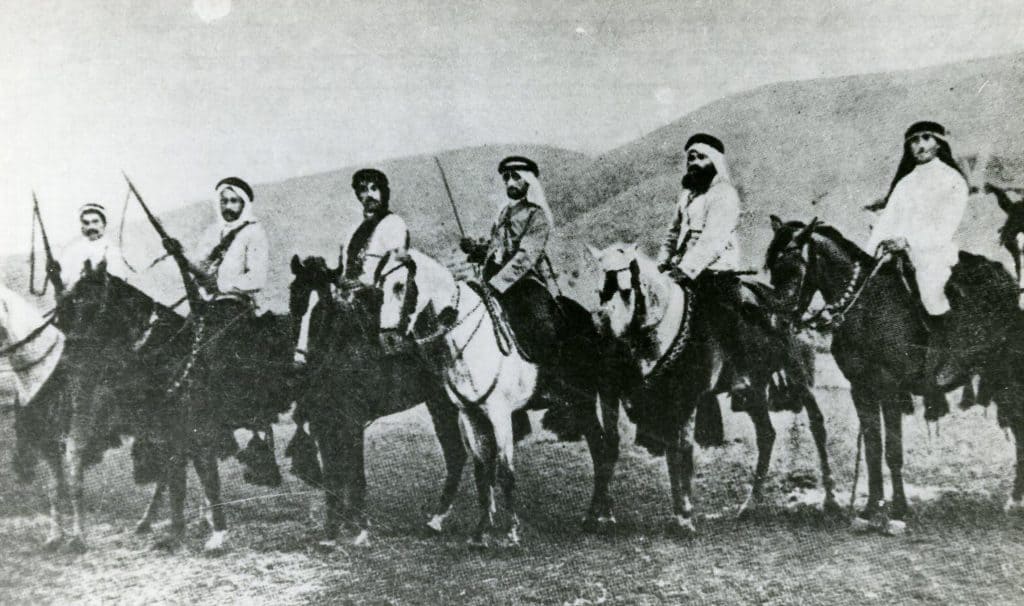
The Second Wave of Jewish Immigration
In 1904, following a wave of pogroms in Eastern Europe, Jewish immigration to Israel began, known as the “Second Aliyah.” In the minds of those who came to Israel during the period, elements of Zionist ideology and immigration were integrated: tradition and faith, Jewish nationalism and Zionism, refugees and persecution in their countries of origin, and livelihood programs, at the same time as part of Among those who came to Israel, were young Jews who came to Palestine without capital, to make a living from establishing settlements in the Land of Israel; and to earn a living from what they could afford. Many of them belonged in their countries of origin to socialist and revolutionary labor movements in Russia and Eastern Europe.
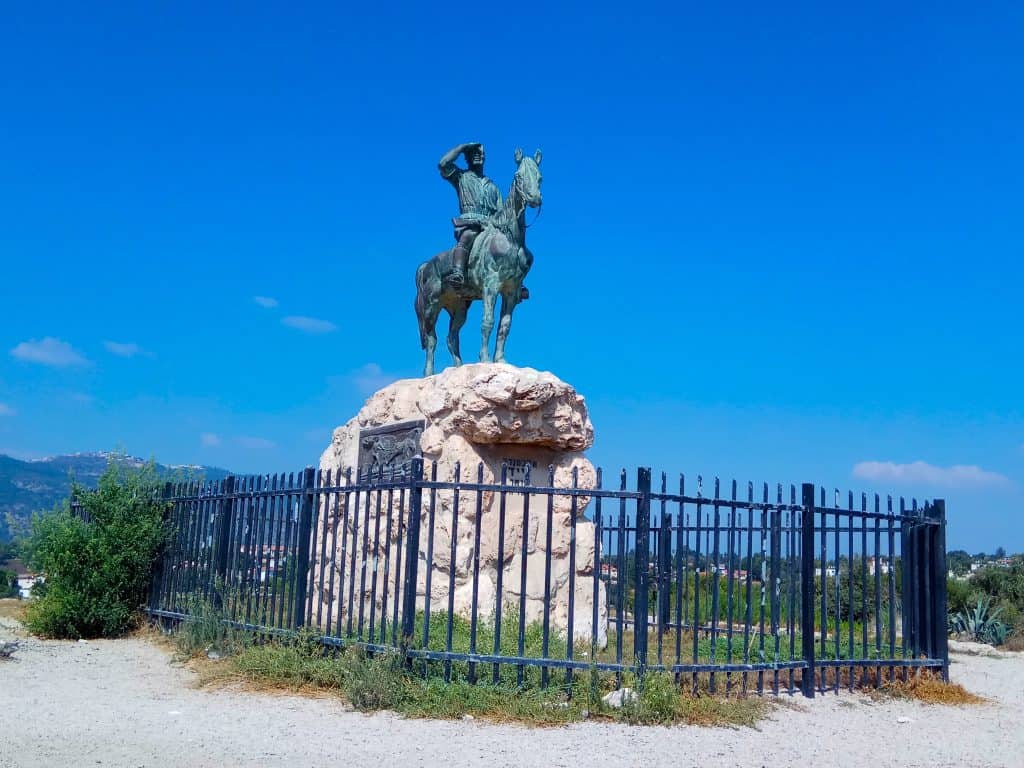
Credit: Dr. Avishai Teicher Pikiwiki Israel, CC BY 2.5, via Wikimedia Commons
Many of them turned to the Zionist movement after despairing of the chances of a revolution in Russia; Some were forced to flee Eastern Europe after participating in the armed defense of Jewish communities in pogroms, While others belonged from the beginning to Zionist workers’ movements, the largest of which was the Poalei Zion party. The vision of the Poalei Zion party was based on the assumptions that the resurrection of the Jewish people should come from a broad class of workers, that the state of the Jewish people could be established only in the Land of Israel, and that a utopian socialist society could be found. A broad education is open to all. The party’s activists who immigrated to Israel continued to operate within its institutions, which included the publication of the “Ahdut” newspaper, annual meetings, and various struggles.
The Etzel (The Irgun)
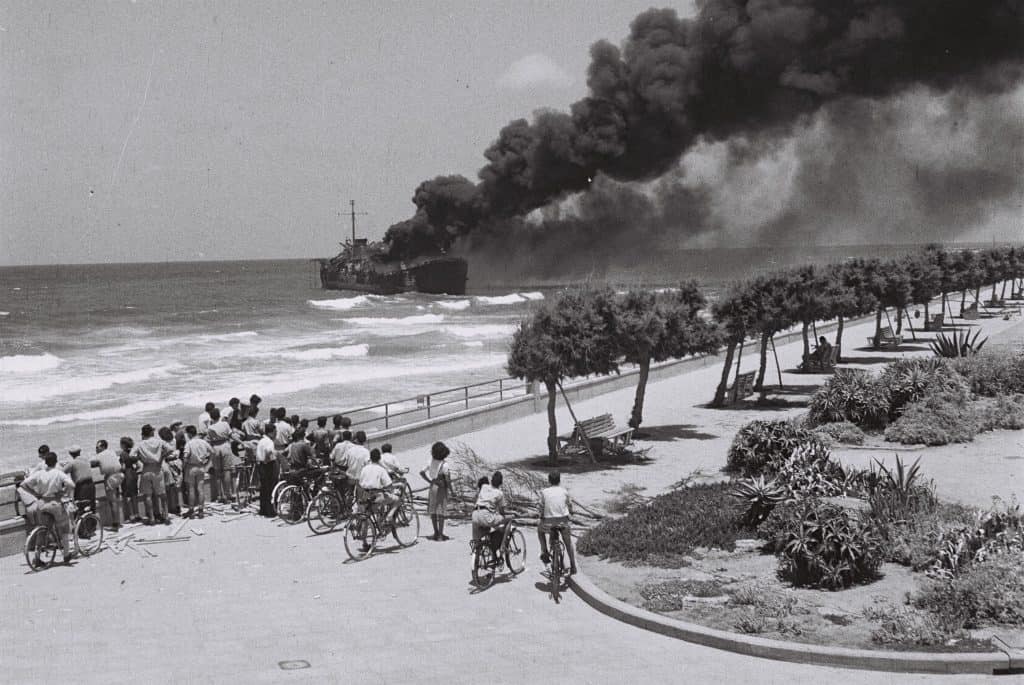
First Successes
The second wave of aliyah brought tens of thousands of immigrants and growing demand for “Occupation of Labor.” In other words, the Socialists, members of the “Second Aliyah”, argued that the local economy should not depend on or exploit the Arab practice. ‘Hebrew labor’ was a cornerstone of the Zionist-Socialist ethos. They believed there was a need to transfer the protection of Jewish settlements from the Arabs to Jewish hands.
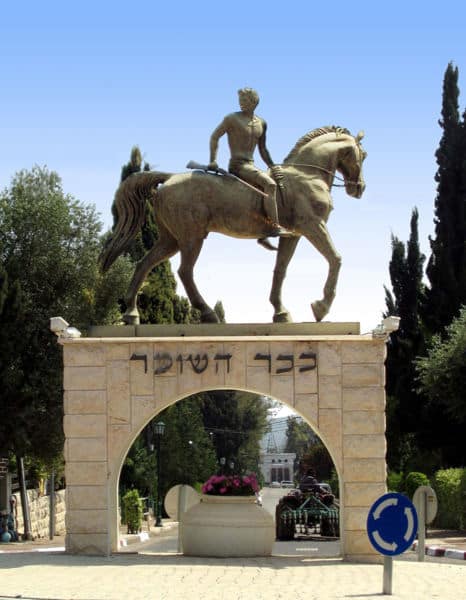
Credit: Tamara, via Wikimedia Commons
On September 29, 1907, a group of activists from the Poalei Zion party met and decided to establish a secret organization called “Bar Giora” to occupy the labor in preserving Jewish settlement. The group won guard contracts in two colonies in Eastern Galilee. Still, after about a year and a half of activity and in the face of Arab militancy that intensified after the “Young Turks” uprising in July 1908, the need for Jewish guards increased. The “Bar Giora” members moved the activity to a broader framework. In other words, to create the Hashomer organization.
The Establishment of “Hashomer” and the First Years
Following the success of guarding a couple of Jewish colonies, the demand for Jewish guards increased. The members of Bar Giora decided to focus their efforts on taking over the guarding services in the territories. Therefore, it was decided to establish a union and a legal organization (as opposed to the Bar Giora organization, which was underground) called: Hashomer.
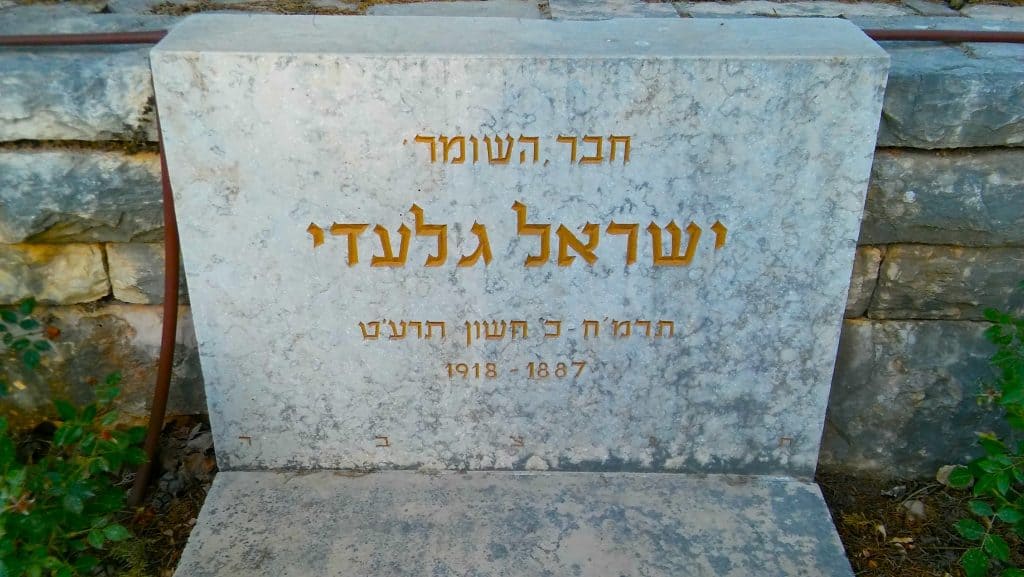
Credit: Danny Gershoni, CC BY-SA 4.0, via Wikimedia Commons
Hashomer had signed contracts to guard Kfar Tavor, Hadera, Rishon Lezion, and Rehovot within four years. At first, members of Hashomer defended no more than 100 people (they also employed about 300 Jewish temporary guards) only in the built-up area of the colonies; but soon began to keep the farmers working in their fields and thus, inevitably, confronted With Arab border trespassers.
As a result, Hashomer was at the forefront of the Zionist struggle: an armed force now defended the purchase and cultivation of land. Hashomer members learned the language of the Arabs and their lifestyles to improve their functioning. More than once, they dressed as Arabs and admiringly imitated the fighting prowess of the Bedouins and their tactics. They insisted on Jewish dignity but simultaneously claimed they were trying to avoid provocation and killing Arabs. Nevertheless, the heads of the colonies were more than once impressed that their behavior was aggressive and provocative.







